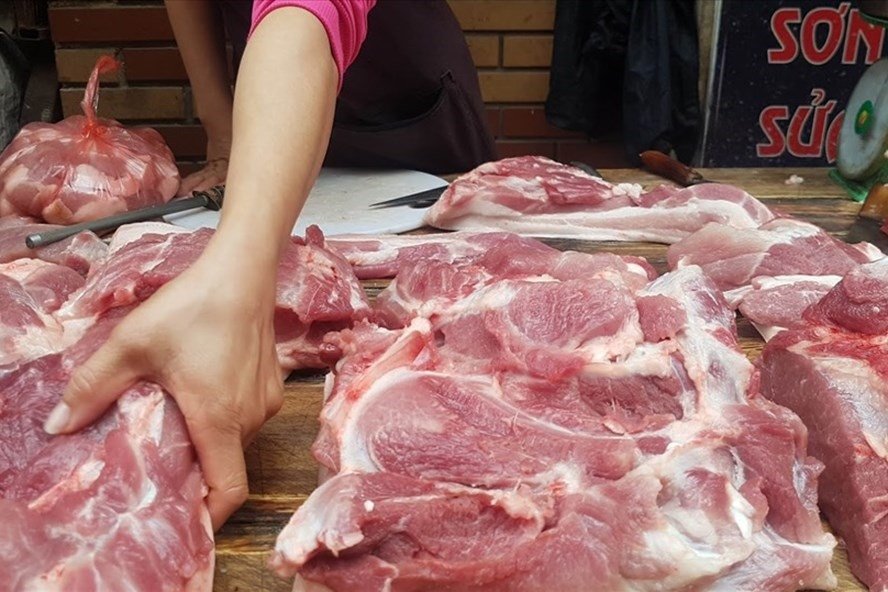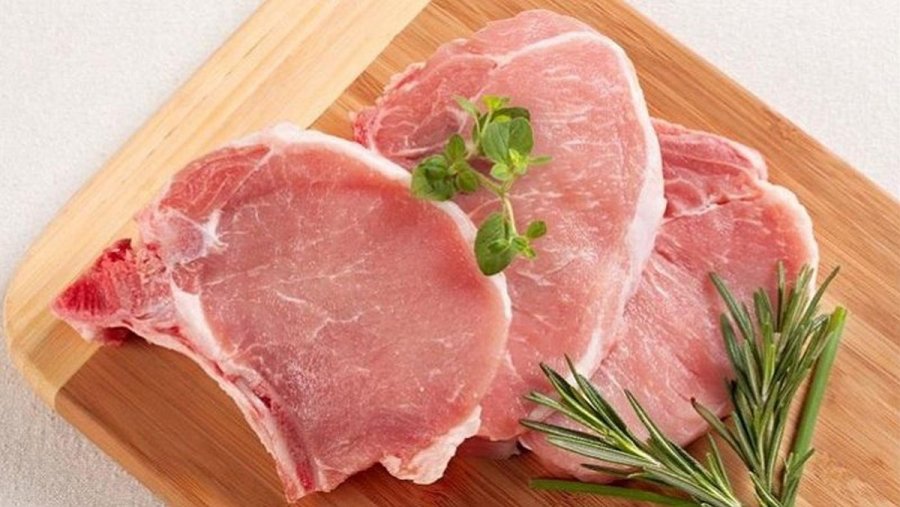Many families have the habit of buying meat in bulk and storing it in their freezers. However, instead of directly putting the meat in the freezer, there are a few steps you should take to ensure the meat stays fresh and tasty.
Step 1: Divide the Pork into Smaller Portions
Large chunks of meat can be inconvenient and impractical when it comes to thawing and cooking. By dividing the pork into smaller portions, you ensure that you only thaw and cook what you need for each meal, preventing bacterial growth and maintaining the meat’s quality.
Step 2: Clean the Pork
Pork can be exposed to dirt and bacteria during slaughtering, transportation, and display at markets. To ensure its cleanliness, soak the pork in a solution of water, a bit of salt, white vinegar, and flour for 20 minutes, and then rinse it two to three times with clean water before placing it in the fridge.

Step 3: Dry the Meat
After rinsing the pork, it’s important to pat it dry with a paper towel. This step helps remove excess moisture, which can lead to surface damage and affect the natural flavor of the meat during storage.
Step 4: Apply a Thin Coat of Cooking Oil
Using a small brush, lightly coat the surface of the meat with cooking oil. This creates a protective barrier that locks in moisture and nutrients, preventing air from coming into direct contact with the meat, thus prolonging its freshness.
Step 5: Wrap the Meat in Plastic Wrap
Use plastic wrap or a plastic bag to securely wrap the meat, making sure to remove as much air as possible. Air pockets can cause ice crystals to form, leading to moisture loss and affecting the freshness of the meat. Finally, place the wrapped meat in the freezer for storage.

How to Choose Good Quality Pork
When buying pork at the market, always look for meat with a bright red or reddish-pink color, as this indicates freshness. Avoid meat that appears dull or has a slimy texture. Additionally, check for elasticity by pressing your finger onto the meat; good-quality pork should have a firm and bouncy texture. Lastly, a fresh piece of pork should have a pleasant, characteristic aroma without any strange odors.
According to Xe và thể thao






























